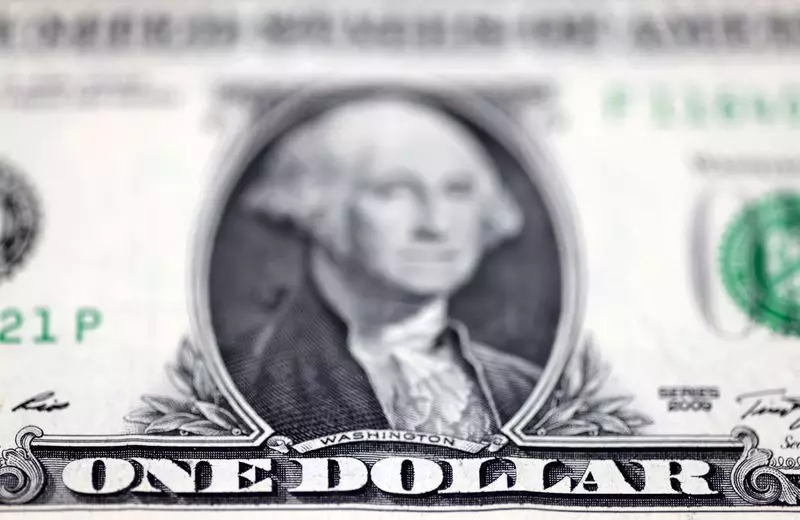The recent fluctuations in the foreign exchange market have once again brought the U.S. dollar into sharp focus. Following the election of President-elect Donald Trump, traders have been closely observing both potential policy shifts and the implications they may have on the global economy. The dollar has demonstrated notable strength lately, despite a landscape marked by uncertainty and speculation about Federal Reserve monetary policy. With various geopolitical factors at play and the anticipated moves from the new administration, investors are navigating a complex web of influences that has made the dollar a preferred currency for many.
Since the election on November 5, the U.S. dollar has appreciated by more than 2%, buoyed by sentiments that President Trump’s policies could contribute to rising inflation. The expectation of such inflationary pressures may, in turn, lead to a reconsideration of the Federal Reserve’s approach to interest rate cuts. Specifically, Trump’s campaign promises regarding tariffs have set the stage for potential shifts in trade dynamics. Market analysts are keenly assessing how these tariffs may play out globally, particularly in relation to key economic players like Europe and China.
Matt Simpson, a senior market analyst at City Index, reflected this sentiment when he stated that “it’s hard to short the USD right now.” This perspective underscores a broader view among traders that, as speculation mounts regarding the Fed’s next move, the dollar’s bullish trajectory may be hard to derail.
As market participants weigh the implications of Trump’s policies, many are beginning to question the timing and likelihood of forthcoming interest rate cuts from the Federal Reserve. A recent abrupt turn in market pricing saw the probability of a December rate cut drop from 82.5% to just under 54%, according to data from CME’s FedWatch Tool. This shift indicates a growing confidence among investors that the Federal Reserve may adopt a more measured approach due to potential inflation risks associated with President Trump’s agenda.
Despite the prevailing market trends, a Reuters poll indicated that most economists still expect the Fed to lower rates at its upcoming meeting. The diverging views among Fed officials add further complexity to the situation. Different narratives from officials like Michelle Bowman, who raised concerns about inflation, and Lisa Cook, who expressed optimism about easing price pressures, only compound the uncertainty regarding monetary policy direction.
A key factor contributing to the dollar’s robustness is the geopolitical climate, particularly regarding the ongoing Russia-Ukraine conflict. The renewed hostilities have led to increased volatility in the euro, denting sentiments towards the currency. With Ukraine deploying advanced weaponry against Russia, traders see these developments not only as a local crisis but as a broader indication of economic and geopolitical strain in Europe. With the euro’s significant weighting in the dollar index, this turmoil provides added leverage to the dollar’s position.
The dollar’s performance against the Japanese yen is also noteworthy. Although it experienced a minor decline recently, the fear of Japanese authorities intervening to stabilize the yen remains palpable, especially as the currency approaches significant historical lows. The upcoming comments from the Bank of Japan’s Governor, Kazuo Ueda, are highly anticipated by investors eager for insights into potential rate hikes.
Meanwhile, the British pound displayed slight resilience, bolstered by inflation figures that exceeded expectations, suggesting continued caution on rate cuts from the Bank of England. In the realm of cryptocurrencies, Bitcoin has found its place in the spotlight, buoyed by expectations that the incoming administration may foster a more favorable regulatory environment for digital currencies.
The current environment is a vivid demonstration of how interconnected economic, political, and geopolitical factors can influence currency valuation. The U.S. dollar’s recent strength highlights a cautious optimism among investors, who are weighing potential benefits against inherent risks stemming from policy uncertainty and geopolitical instability. As the markets continue to react to President Trump’s evolving economic agenda, the interplay between inflation expectations, interest rate policies, and global tensions will undoubtedly shape the financial landscape in the months ahead. Ultimately, the next steps by the Fed and the Trump administration will be critical in determining whether the dollar can maintain its current momentum.

